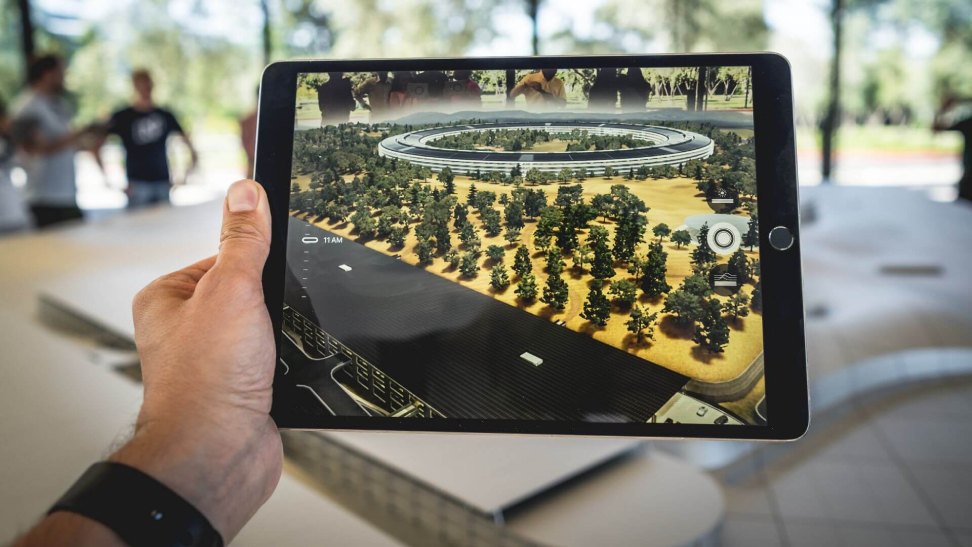King 567, Betbhai247, Apbook247: Augmented Reality (AR) in architectural visualization has revolutionized the way designers and clients interact with architectural projects. By merging digital information with the physical environment, AR allows stakeholders to experience the proposed designs in a more immersive and realistic manner. This technology provides clients with the opportunity to explore different design options, materials, and finishes, giving them a better understanding of the final outcome before construction even begins.
Furthermore, AR in architectural visualization helps to identify potential design flaws or inconsistencies early in the design process. By visualizing the project in a real-world context, designers can quickly pinpoint any errors and make necessary adjustments before construction commences. This ultimately saves both time and money by reducing the need for costly revisions during the later stages of the project.
Enhancing Client Communication and Understanding
Client communication and understanding are paramount in the field of architecture. Augmented reality provides a unique opportunity for architects to bridge the gap between their vision and the client�s perception. By immersing clients in a realistic, interactive environment, architects can effectively communicate design concepts, materials, and spatial arrangements in a way that is easily comprehensible. This enhanced level of understanding empowers clients to provide more informed feedback and make decisions with greater confidence, resulting in a smoother project development process.
Furthermore, by incorporating augmented reality into client meetings and presentations, architects can foster stronger relationships built on trust and transparency. Clients are able to visualize proposed designs in a way that traditional 2D drawings or blueprints cannot replicate, leading to more meaningful discussions and a shared vision for the final product. This level of engagement not only improves the overall client experience but also increases satisfaction levels as clients feel more involved in the design process.
� Augmented reality allows architects to bridge the gap between their vision and the client’s perception
� Immersing clients in a realistic, interactive environment enhances understanding of design concepts, materials, and spatial arrangements
� Clients can provide more informed feedback and make decisions with greater confidence
� Incorporating augmented reality into meetings fosters stronger relationships built on trust and transparency
� Visualization of proposed designs leads to more meaningful discussions and a shared vision for the final product
� Increased client engagement improves overall experience and satisfaction levels
Improving Design Collaboration Amongst Team Members
In the realm of architecture, design collaboration amongst team members is a crucial component that can greatly influence the success of a project. Effective communication and seamless cooperation amongst architects, engineers, and other professionals are essential in creating innovative and functional designs. By leveraging augmented reality technology, teams can easily share and visualize their ideas, leading to enhanced collaboration and more streamlined workflows.
Augmented reality tools allow team members to virtually explore and interact with architectural designs in real time, enabling them to provide immediate feedback and make informed decisions. This level of immersion enhances the overall design process, fostering a more collaborative environment where ideas can be shared and refined efficiently. Through improved design collaboration, teams can work together more effectively, resulting in the creation of cohesive and impactful architectural projects.
How can augmented reality benefit architectural visualization?
Augmented reality can provide a more immersive experience for visualizing architectural designs, allowing team members to better understand the spatial relationships and scale of the project.
How can enhanced client communication improve project outcomes?
Apbook365, Apbook Login, Goexch777: Improved client communication can help ensure that the project meets the client’s expectations, leading to greater satisfaction and potentially repeat business in the future.
What are some ways to improve design collaboration amongst team members?
Some ways to improve design collaboration include using collaborative software tools, holding regular team meetings, and fostering a culture of open communication and idea-sharing within the team.
Additional:
- BNKU Stock – Is It Worth Investing In 2024?
- how long does it take to cancel spectrum internet
- what must an entrepreneur do after creating a business plan brainly

